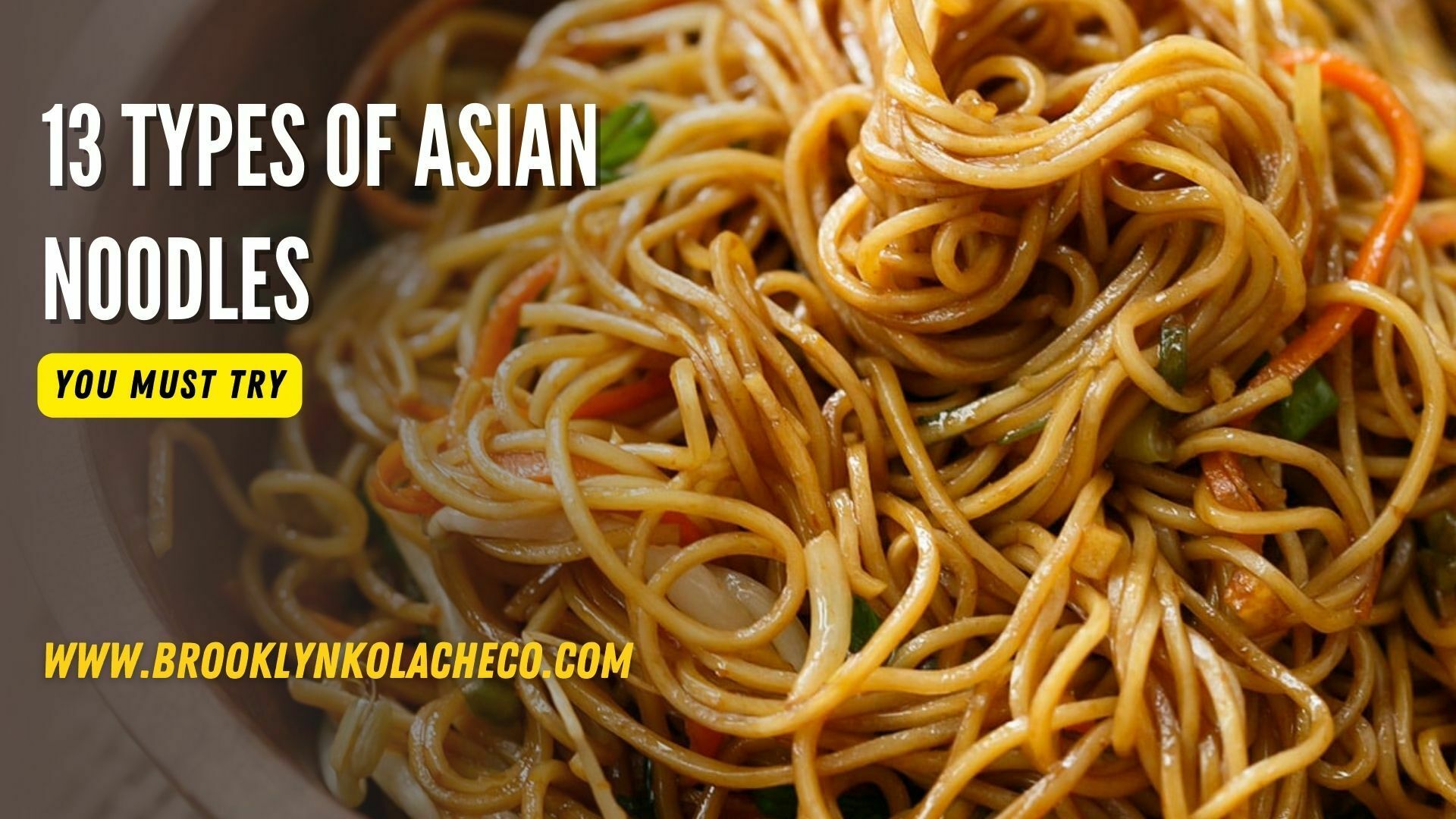Despite the fact that noodles of all sorts are made from flour, styles, forms and tastes vary greatly from one part of the world to another. Asian noodles of course take advantage of that variation and try to draw on as much tradition as possible. In addition to that, often times the flavor of the noodle depends on the sauce the noodles are served in. This categorization is not complete. I have listed some of the common Asian noodles and their general characteristics.
What are Asian Noodles?
They’re a staple of cuisines such as Chinese, Thai, Korean, and Vietnamese. These versatile pastas come in many shapes and sizes and can be made from wheat flour or rice flour. There’s also a range of textures: some noodles are fat and curly like spaghetti; others thin and delicate like angel hair pasta. But what do they actually taste like? Let’s find out! Here we present 13 unique types of Asian noodle dishes you should know about.
13 Unique Types of Asian Noodle Dishes
Ramen
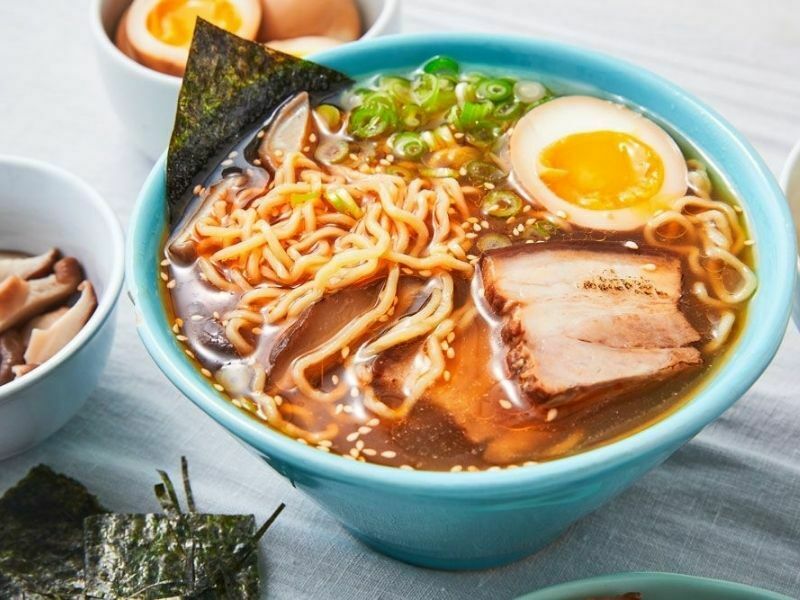
This dish is a classic in many Asian countries and can be found in every corner of the world. It’s made from wheat flour, salt, and water, with individual bowls of ramen noodles sold separately. Imagine a big bowl of steaming hot noodles that you can dip in a variety of soup stocks to make any flavor you want! You can even buy small packets which contain only ramen noodles. It’s one of the most popular noodles throughout the world, and can be found in almost every Asian market. You can find many different flavors with the same noodle, as well as different types of noodles with various thicknesses.
Wheat Noodles
These noodles are usually skinny, long, and round or flat. You’ll find them in dishes such as lo mein, chow fun and pad thai. If you order these dishes at a Chinese restaurant or eat at the typical American-Chinese food restaurant you will get wheat noodles. They’re generally best with stir fried foods that have a sauce or meat along with them to soak up some flavor.
Lo Mein and Chow Mein
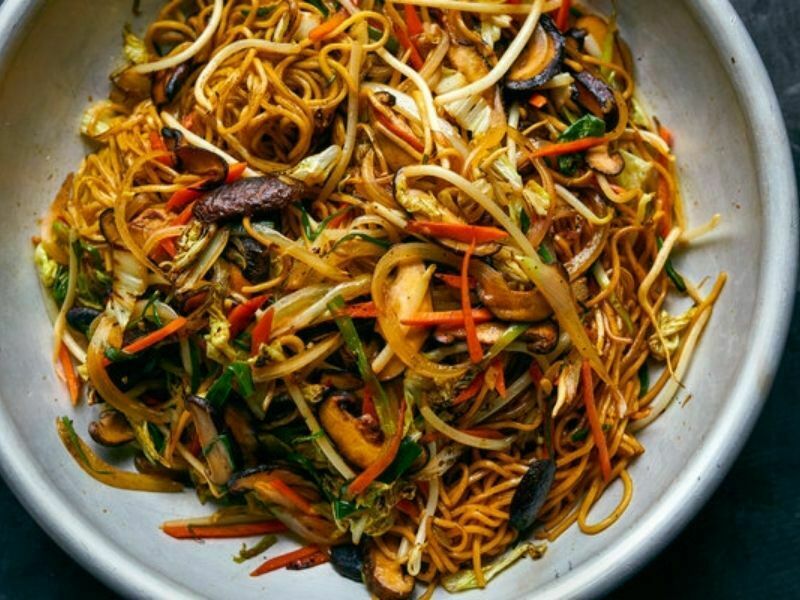
These two terms are very similar, but can be distinguished by the words “lo” and “chow.” Lo mein is a dish of steamed noodles, while chow mein is fried. These dishes consist of cooked noodles that are then sauteed with vegetables and meat. Both lo mein and chow mein can be found in Chinese restaurants; they’re often served in combination dishes with rice and dumplings (also called dim sum).
Udon Noodles
Udon noodles are thick, white wheat flour noodles that can be found in Japanese, Korean, and Chinese cuisine. They have a very mild flavor, which makes them perfect for many soups and stir fries. Although udon and soba noodles are made from the same flour, udon is often served in hot soups or as a noodle salad. Korean cuisine often features a soup made with udon noodles, which is also called “udon.”
Rice Noodles
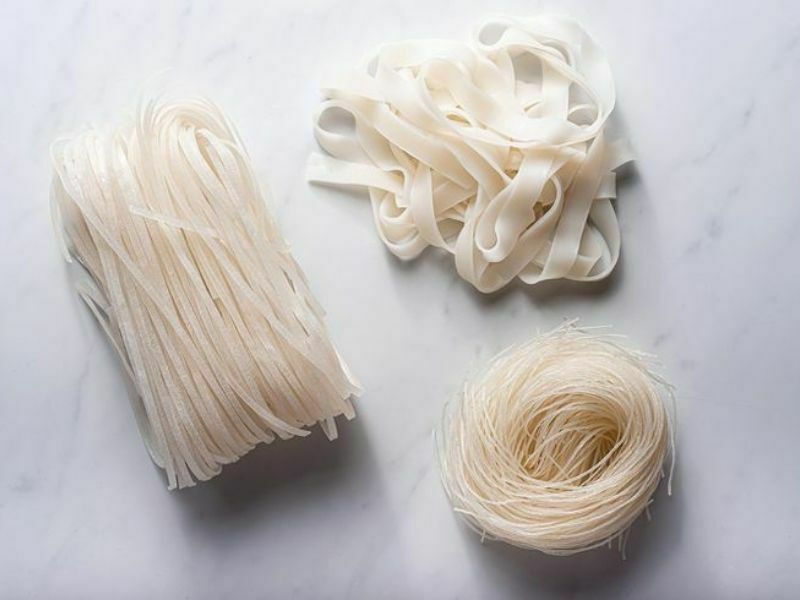
These are made from rice flour, which makes them very different from other Asian noodles. Because of their texture and versatility, rice noodles are sold in both dried and fresh forms. You can even use these noodles to replace other pasta dishes such as spaghetti marinara! Rice noodles vary in thickness, and they’re often used in soups or stir frys. They can be eaten plain, or you can add a protein or vegetable to make it more satisfying.
Glass Noodles (Cellophane Noodles)
These noodles are made by simmering the dough in a large amount of water, which turns it into a very thin noodle. These noodles are often served cold with broth, vegetables, and meat. Glass noodles can be found in many Japanese dishes such as tofu soup, but they’re also used to make many Chinese stir fries. Take note that these noodles are very fragile and should be handled gently to avoid breaking them.
Somen Noodles
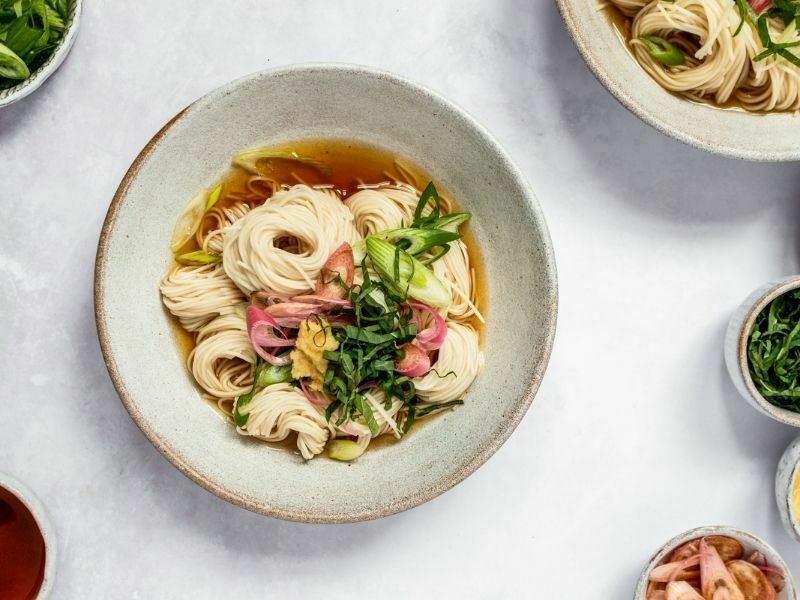
Somen noodles are so similar to Italian vermicelli that you can use them for many Italian dishes. They’re thin, white wheat flour noodles that are often served in hot broth. You can add any ingredients that you’d like: shrimp, chicken, vegetables and even hot dogs! Somen noodles are a popular summer dish in Japan, but they can be eaten year-round because of their versatility.
Hokkien Noodles
These are one of the most popular noodles in Singapore and Malaysia. These thick, yellow noodles have a very chewy texture that can be compared to udon. They’re usually served in soup dishes with vegetables, meats, or both. This dish is very different in Malaysia, where “Hokkien mee” is served with thin yellow noodles that are stir fried until they’re soft.
Rice Vermicelli
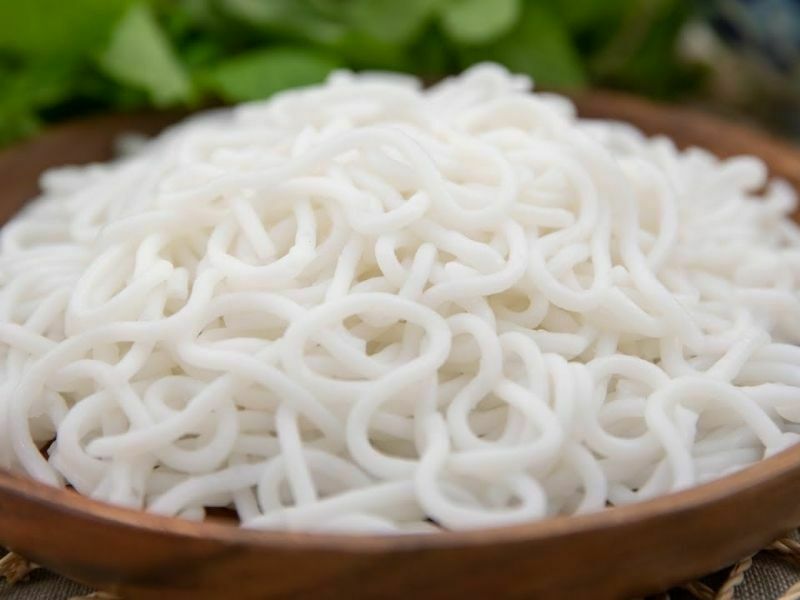
Rice vermicelli is made of rice flour, water, and salt. It’s similar to bean thread noodles (thin white noodles made from mung bean starch) in that they’re both very thin. But that’s not all: rice vermicelli is a bit sturdier and firmer than bean thread noodles. It does not have any special taste and is usually eaten with meat, fish, tofu, or vegetables.
Ho Fun
Ho fun is a type of cooked flat noodles from China, made from rice flour and water. It is somewhat similar to Cantonese Chow fun, which is made of wheat flour. There are two ways to make ho fun – fresh ho fun and dried ho fun. The difference between the two lies in the time of preparation. Fresh ho fun is eaten right away after it’s made, while dried ho fun must be prepared ahead of time before being cooked into any dish. Fresh ho fun is thinner and sturdier than dried ho fun, but you can find both in any Asian supermarket.
Pad Thai Noodles
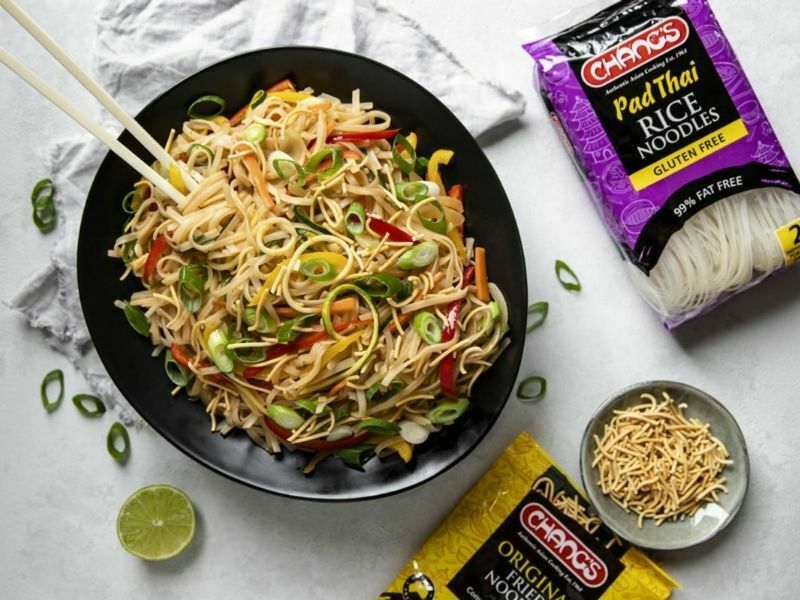
Pad thai noodles are a staple of Thai cuisine. It’s made from rice flour that’s been boiled and cut into strings. It has a very chewy texture and is often used in stir fries or other dishes. The noodles are served alone as a side dish, and are often topped with chopped vegetables and tofu. They’re also used to make curries such as pad Thai.
Soba Noodles
Soba Noodles seems to have a simple recipe—boiled noodles made from buckwheat flour mixed with water and salt. Despite its simplicity, it’s a very delicious dish and can be served in many different ways. You can eat it either hot or cold, with a variety of ingredients including fish cake, tempura, and tofu. Serving style varies by region but the basic idea is to dip the noodle in a dipping sauce, like soy sauce or ponzu sauce.
Wonton Noodles
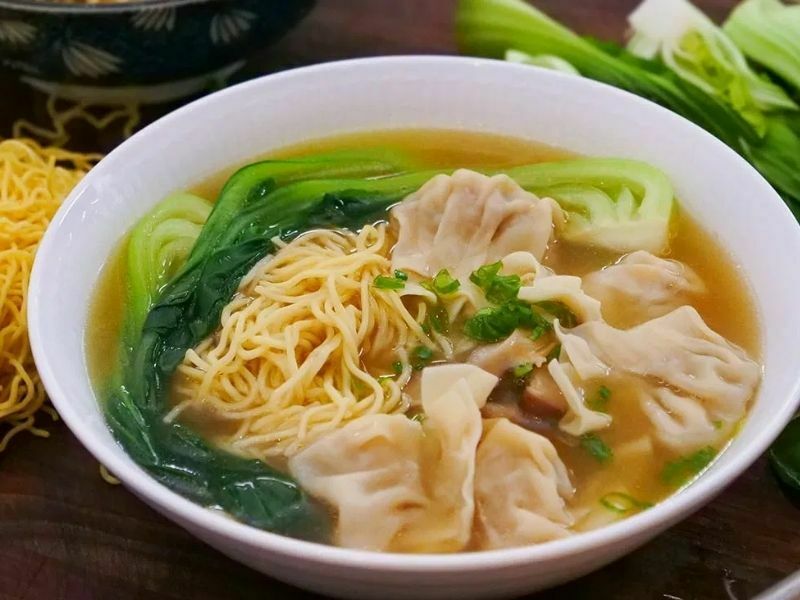
If you love wontons, you must try this dish! It’s made from egg noodles, mostly wheat, and contains ground pork or seafood. The wontons are then dipped in a light sauce and served with side dishes of vegetables or seafood. These wontons can be found in Chinese restaurants, but the clear ones are much easier to find than the whole ones.
Asian Noodles vs. Italian Pastas
Asian noodles are made with a variety of different type of ingredients, such as a soup in the middle, noodles and vegetables. They are not served with any sort of sauce.
Italian pasta is traditionally made from semolina wheat flour, eggs and water. The noodles are cooked then served with butter or oil sauteed in it to give them a silky smooth finish. It is not always served with butter or oil, but garnished with cheese and herbs. The sauce is only lightly seasoned and can be made with a variety of vegetables, meats or seafoods. Both are very good in different ways, depending on how you prepare them.
In the end, they are both delicious! But Asian noodle is so much healthier that it is not surprising why they are growing in popularity because of their healthy benefits. The noodles also have lower calories and fat content than the Italian Pasta. What are your favorite Asian Noodles?
How to Store Noodles
Noodles are a versatile staple in many cultures around the world. Often times, noodles are thought of as an Asian dish, but in reality have been eaten by people all over the globe for centuries. Noodle are primarily sold dry, so it is important to check the expiration date to calculate how they will last. Noodles should be stored at a cool dry place to avoid stale or soggy pasta noodles. It’s best to put them in an airtight container and avoid contact with air at all costs because this will cause quick deterioration of flavor and moisture content. For your Chinese egg noodles, these fresh noodles when opened should take anything between a few days or weeks before starting to go bad.
If you made your noodles at home, consider keeping them refrigerated to avoid the possibility of mold growth. Remember to keep the storage container sealed as this increases shelf life. Refrigerated noodles should last anywhere from 1-4 weeks.
Can Uncooked Noodles Go Bad?
Uncooked pasta can go bad quickly. Healthy, uncooked noodles will turn into a mushy soup if not properly stored. If you notice that the pasta has turned green or is mixed with mold, it’s best to throw them out.
Noodles will turn progressively darker, making them unusual and unattractive. When it comes time to cook the noodles again, they’ll taste terrible too!
Final Thoughts
In conclusion, there are many different types of noodle dishes that one can order at a noodle shop in Asia. While the majority of these dishes primarily consist of the same noodles, there are plenty of unique options on the menu. One may find that they want to explore all of these different types and discover their personal favorite!

